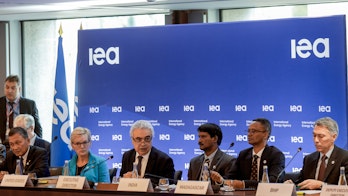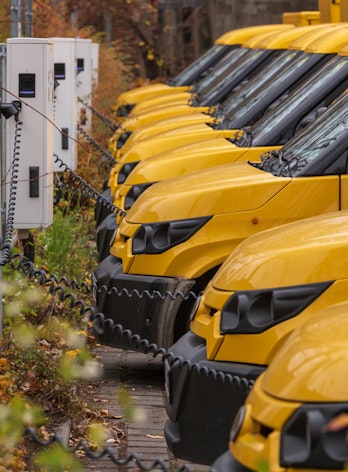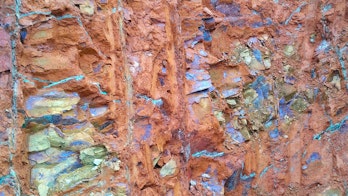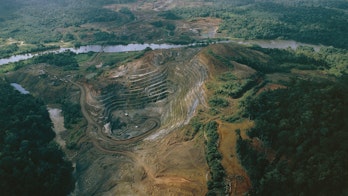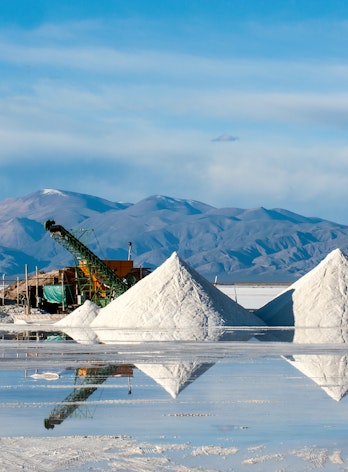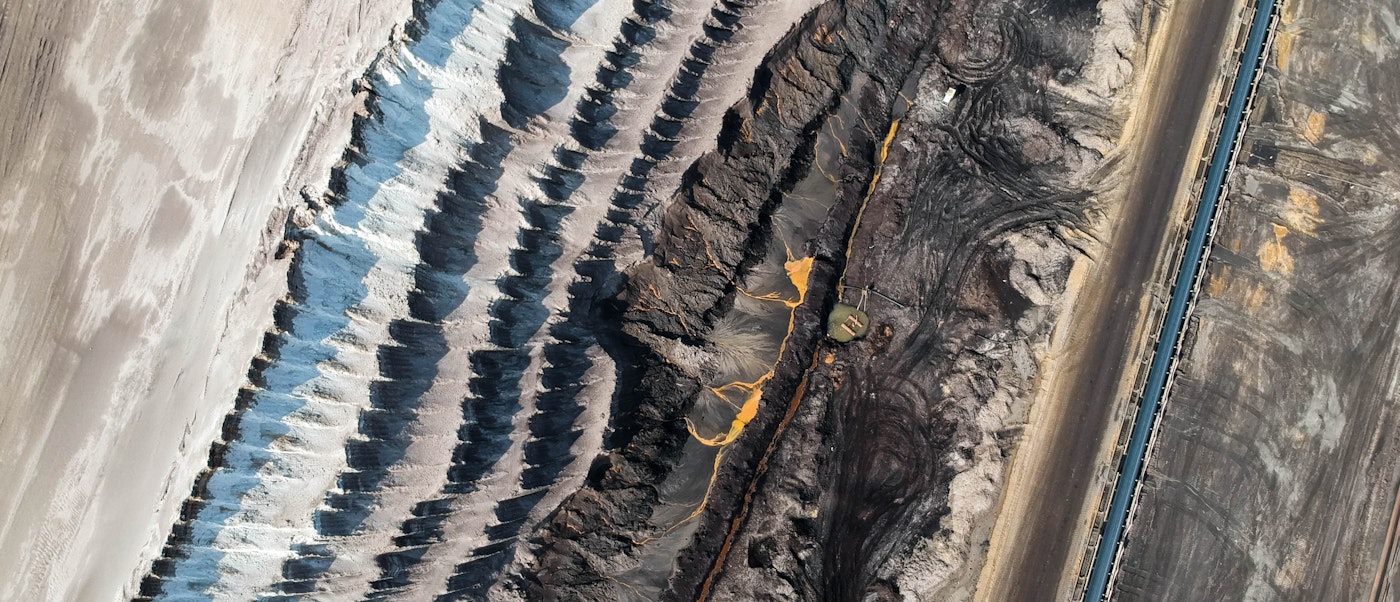
Critical Minerals
A new frontier for global energy security
Critical minerals such as copper, lithium, nickel, cobalt and rare earth elements are essential components of many of today’s rapidly growing energy technologies – from wind turbines and electricity networks to electric vehicles. Demand for these materials is growing quickly as energy transitions gather pace.
The types of mineral resources used vary by technology. Lithium, nickel, cobalt, manganese and graphite are crucial to battery performance. Rare earth elements are essential for permanent magnets used in wind turbines and EV motors. Electricity networks need a huge amount of aluminium and copper, the latter of which is the cornerstone of all electricity-related technologies. Learn more about the various minerals in the short video below.
In the years ahead, ensuring reliable supplies of critical minerals will be key to the security of energy systems. However, there are risks. Our analysis indicates that today’s well-supplied market may not be a good guide for the future as demand rises. Additionally, the over-concentration in critical minerals markets today is unprecedented compared with any other major commodity we rely on in the modern world.
To support countries as they look to develop sufficient and resilient critical mineral supply chains – a top priority for governments, companies and investors globally – the IEA has been growing its work in this field, expanding its production of high-quality data, analysis and policy recommendations that can inform decision-making among stakeholders.
Key findings
Clean energy transitions are driving a significant increase in mineral demand
Demand for critical minerals is set to expand as the uptake of clean energy technologies continues to accelerate. If countries fully implement the national energy and climate pledges they have announced, mineral demand for clean energy technologies would more than double by 2030 and triple by 2040, reaching nearly 35 million tonnes (Mt) annually.
Market value of key energy transition minerals in the Announced Pledges Scenario and the Net Zero Scenario, 2023-2040
OpenInvestment in new mineral supply continued to rise in 2023
Venture capital spending increased by 30%, with significant growth in battery recycling offsetting reducing investment in mining and refining start-ups. Meanwhile, China's spending on and acquisition of overseas mines has grown significantly in the past 10 years. It reached a record level of $10 billion in the first half of 2023 , with a particular focus on battery metals such as lithium, nickel and cobalt.
Capital expenditure on nonferrous metal production by 25 major mining companies, 2011-2023
OpenScaling up recycling could dramatically reduce critical mineral mining needs
The growth in new mining supply for critical minerals could be brought down by between 25% and 40% by mid-century by scaling up recycling. In a scenario in which countries around the world deliver on all announced national pledges on energy and climate, recycling reduces new mine development needs by 40% for copper and cobalt, and by 25% for lithium and nickel by 2050.
Copper: mining requirements in the Announced Pledges Scenario, 2020-2050
OpenIEA's work
Since the IEA’s landmark analysis on the Role of Critical Minerals in Clean Energy Transitions in 2021 and the new ministerial mandates it received from its member governments in March 2022, the Agency has been expanding its work on critical minerals to help decision-makers address emerging challenges. It was also asked by the G7 to provide support across various aspects of critical minerals supply and demand.
One facet of this work has been the establishment of a Voluntary Critical Minerals Security Programme, which builds on the Agency’s longstanding experience in safeguarding energy market security. Under this Programme, the IEA held a first-of-its-kind emergency preparedness exercise centred on critical minerals in December 2024. The event, attended by delegates from IEA Member governments, focused on enhancing preparedness, expediting diversification and accelerating the implementation of strategic policy measures to mitigate critical mineral supply risks.
In September 2023, the Agency also hosted the Critical Minerals and Clean Energy Summit. This first-of-its-kind international event convened government representatives from almost 50 countries – including large and emerging critical mineral producers and consumers – along with leaders from industry, investment and civil society.
Critical minerals have been fully integrated into the IEA’s Global Energy and Climate Model. That means that in addition to the IEA’s annual outlooks on critical minerals, projections for demand and supply are regularly updated and reflected across IEA publications, including the World Energy Outlook and Global EV Outlook. They are available through the IEA's Critical Minerals Data Explorer, an online tool that allows users to easily access and navigate the latest data.
